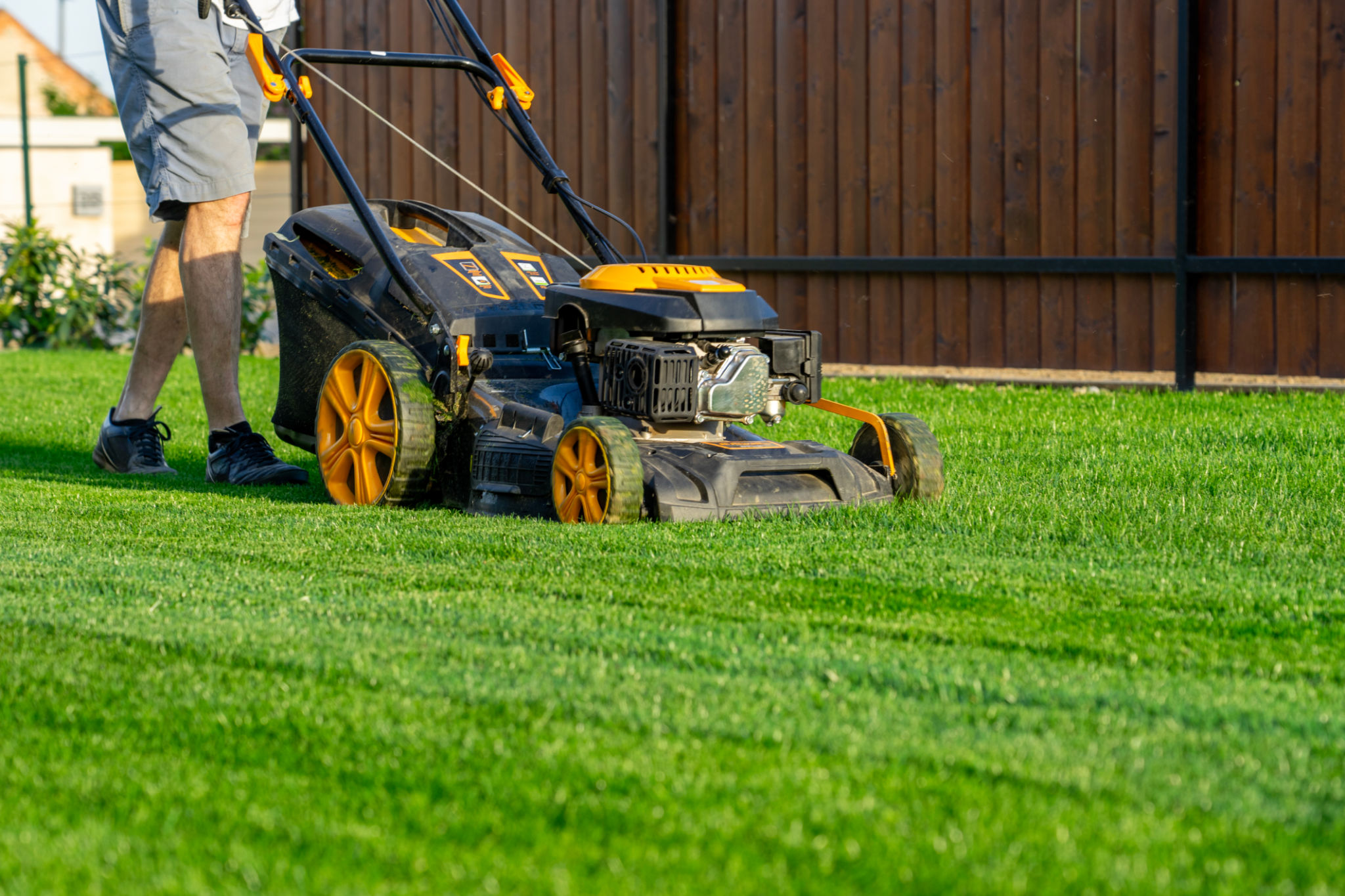DIY Lawn Care: Essential Tips for Maintaining a Beautiful Lawn in Hays County, TX
Understanding Your Lawn's Needs
Maintaining a beautiful lawn in Hays County, TX, requires understanding the unique characteristics of your local environment. The climate here can be quite challenging, with hot summers and relatively mild winters. Knowing the type of grass best suited for the region is crucial. Common choices include Bermuda, St. Augustine, and Zoysia grass.
These grass types are well-adapted to the Texas climate and can thrive with the right care. Start by identifying the grass type in your lawn or consult a local expert for advice on which variety would best suit your yard's specific conditions.

Essential Lawn Care Tools
Before diving into lawn care, ensure you have the right tools. Essential tools include a lawnmower, edger, rake, and pruning shears. For effective watering, invest in a quality hose and sprinkler system. A spreader is also beneficial for applying fertilizer evenly across your lawn.
Keeping your tools clean and well-maintained will extend their life and improve their performance. Regularly check for dull blades or any damage that may hinder their effectiveness. Proper storage, away from harsh weather conditions, can also help preserve your tools.
Lawn Mowing Best Practices
Mowing is a critical aspect of lawn care. Aim to mow your lawn regularly, ensuring that you never cut more than one-third of the grass blade at a time. This practice helps avoid stressing the grass and promotes healthier growth.

Adjust your mower's height according to the season and grass type. In general, taller grass blades provide better shade for the soil, reducing water evaporation and suppressing weed growth. During hotter months, consider raising the mower blade to help retain soil moisture.
Watering Techniques
Watering is another vital component of maintaining a healthy lawn. In Hays County, deep and infrequent watering is recommended to encourage deep root growth. Aim to water early in the morning to minimize evaporation and fungal growth.
- Use a rain gauge to measure rainfall and adjust watering schedules accordingly.
- Ensure your sprinkler system covers all areas uniformly to prevent dry spots.
- Check local water restrictions and adjust your watering routine as needed.

The Importance of Fertilization
Fertilizing your lawn provides essential nutrients that promote vigorous growth and resilience against pests and diseases. In Texas, it’s advisable to fertilize at least twice a year—once in spring and again in fall—using a slow-release fertilizer.
Conduct a soil test to determine nutrient deficiencies and select a fertilizer that addresses those specific needs. This targeted approach ensures your lawn receives the appropriate nutrients without over-fertilization, which can harm the environment.
Pest and Weed Control
Pests and weeds can quickly undermine your efforts in maintaining a beautiful lawn. Regularly inspect your yard for signs of pest infestation or weed invasion, and treat them promptly. Consider using organic or natural pest control methods to minimize environmental impact.

For weeds, manual removal is often effective for small areas. For larger infestations, select appropriate herbicides that target specific weed species without damaging the grass. Consistent monitoring and maintenance can help keep these issues at bay.
Aeration and Overseeding
Aeration involves perforating the soil to allow air, water, and nutrients to penetrate the grass roots. This process alleviates soil compaction, promoting healthier root growth. Ideally, aerate your lawn once a year during the growing season.
Overseeding can help fill in bare spots and improve your lawn's overall density. Choose a seed blend compatible with your existing grass type for best results. Properly preparing the soil before overseeding increases seed-to-soil contact, enhancing germination rates.